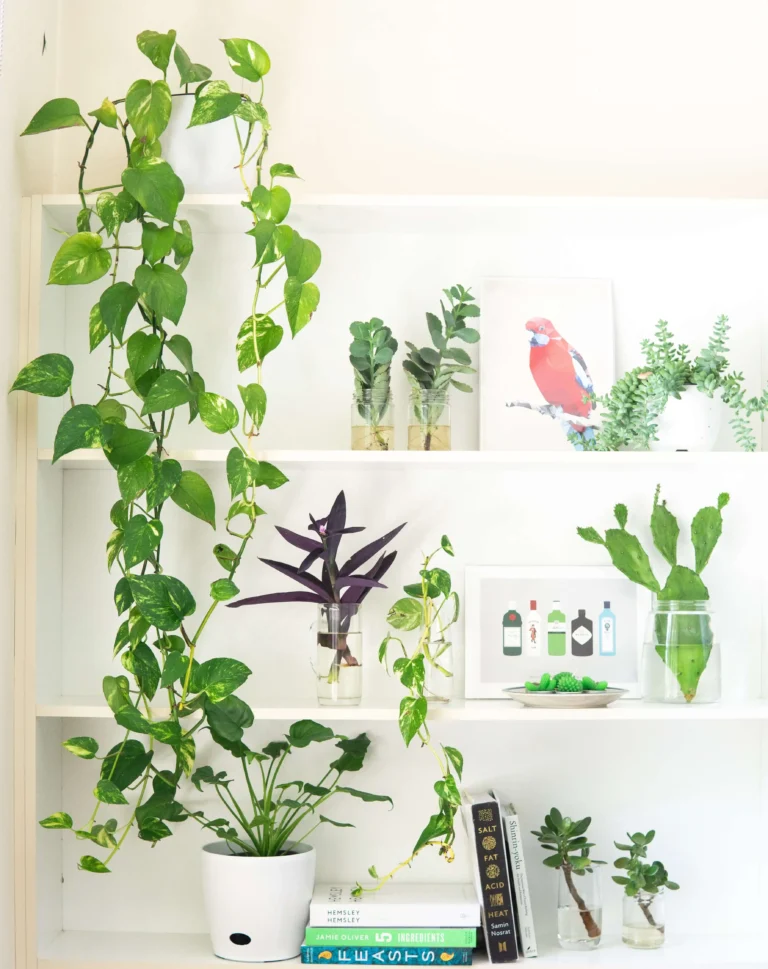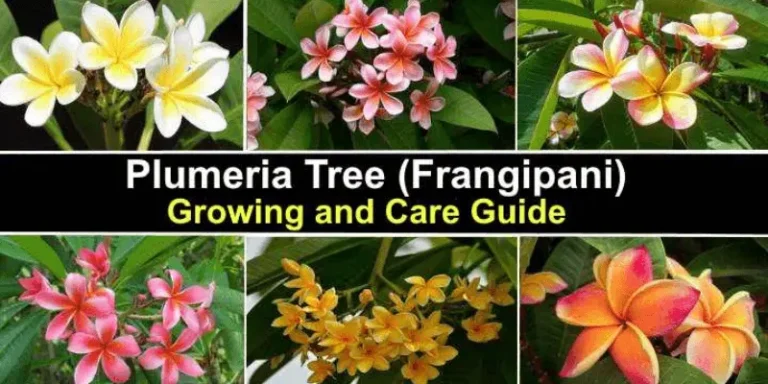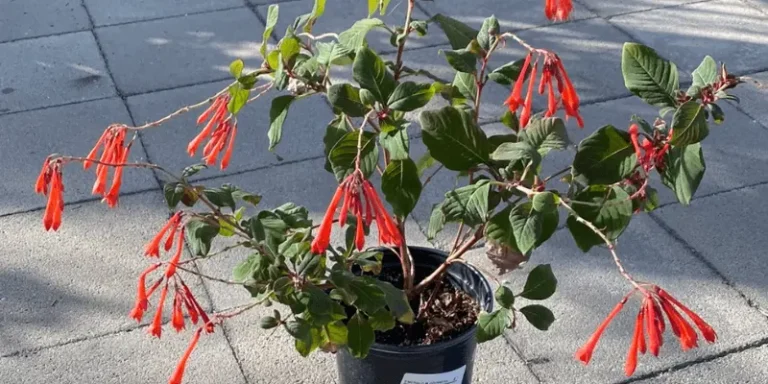Secrets of Money Tree Plant’s growth and care from seed to leaves

Money tree plants have gained tremendous popularity as both decorative and symbolic elements in homes and offices around the world. These fascinating plants, also known as Pachira aquatica, are often associated with good luck, prosperity, and positive energy. In this article, we will delve into the captivating world of money tree plants, from their mythological origins to their growth, care, and symbolism.
The Mythology of Money Tree Plants
The intriguing mythology surrounding money tree plants traces back to various cultures. In some Asian societies, they are believed to bring good fortune and financial abundance. According to a popular Chinese legend, a poor man prayed for prosperity and found a mysterious plant with braided trunks, which he considered a divine gift. As this story spread, the money tree plant became a symbol of luck and fortune.
Money Tree Plant’s Growth and Care
Understanding the growth and care of money tree plants is essential for ensuring their well-being. These plants are relatively easy to care for, making them a favorite among both novice and experienced gardeners. From the initial planting to nurturing their growth, each step plays a crucial role in maintaining a healthy money tree.
Growth Journey of a Money Tree Plant
The journey of a money tree plant begins with a small seed and transforms into a stunning tree with intertwined trunks. This growth process is not only a testament to the plant’s resilience but also a reflection of life’s journey. As the plant grows, it embodies the idea of gradual progress leading to significant results.
From a Humble Seed to Germination
The growth journey of a money tree plant begins with a single seed. These seeds are often found within the large, woody pods of mature money tree plants. To start the process, plant the seed in a well-draining potting mix. Keep the soil consistently moist, but avoid overwatering, as this can lead to rot. With patience and care, the seed will begin to germinate, sending its first tender shoots toward the light.
The Emergence of the First Leaves
As the seedling emerges from the soil, its first set of leaves, known as cotyledons, unfurl. These initial leaves provide the young plant with essential nutrients stored within the seed. During this stage, provide the seedling with indirect sunlight and keep the soil evenly moist. Avoid exposing the fragile plant to harsh, direct sunlight, as it can scorch the delicate leaves.
Developing the Braided Trunks
One of the most iconic features of a mature money tree plant is its braided trunks. However, these trunks don’t develop immediately. As the plant grows, it forms multiple stems that eventually intertwine to create the signature braided appearance. This unique growth pattern adds to the plant’s charm and makes it a popular choice for gifting.
Transitioning to Lush Foliage
With proper care and favorable conditions, your money tree plant will begin to produce an abundance of lush, green leaves. These leaves play a vital role in photosynthesis, enabling the plant to convert light into energy. To encourage healthy foliage growth, place your money tree in bright, indirect sunlight and maintain a consistent watering routine.
Nurturing Growth Through Fertilization
Fertilization is a crucial aspect of promoting healthy growth in your money tree plant. Choose a balanced, water-soluble fertilizer and feed your plant during the growing season (spring and summer) every 4-6 weeks. This provides the plant with essential nutrients that support its overall development, from root health to leaf production.
Pruning for Shape and Vigor
As your money tree plant continues to grow, occasional pruning becomes necessary. Removing dead or yellowing leaves not only improves the plant’s appearance but also redirects its energy toward new growth. Additionally, if you desire a more compact shape or want to encourage branching, strategically pruning the stems can help achieve your desired look.
Transplanting to Larger Homes
As the money tree plant outgrows its current container, it’s time for a new home. Transplanting the plant into a slightly larger pot provides its expanding root system with ample space to thrive. Remember to choose a pot with proper drainage and provide fresh, well-draining soil. Transplant during the growing season to minimize stress on the plant.
Continuous Care for Optimal Growth
Throughout its growth journey, your money tree plant requires consistent care. Ensure it receives adequate water, but allow the topsoil to dry out slightly between waterings. Monitor its exposure to sunlight, protect it from extreme temperatures, and maintain a clean environment to prevent pest infestations.
Dealing with Pests in Money Tree Plant Care
Like all plants, money tree plants can face their share of challenges, and one common issue that plant owners might encounter is pests. Dealing with pests in money tree plant care is crucial to ensure the health and vitality of these beloved plants. In this article, we will explore effective methods for addressing pest problems while keeping your money tree plant thriving.
Common Pests Affecting Money Tree Plants
Before diving into pest management strategies, it’s essential to identify the potential culprits that can affect your money tree plant. Some of the most common pests that might target your plant include:
- Spider Mites: These tiny arachnids can spin fine webs on the undersides of leaves. They suck out the plant’s sap, leading to yellowing leaves and overall weakening.
- Aphids: Small, soft-bodied insects that cluster on new growth and undersides of leaves. They feed on plant fluids and can transmit diseases.
- Mealybugs: These cottony, white insects congregate in leaf axils and other crevices. They secrete a sticky substance that attracts ants and encourages sooty mold growth.
- Scale Insects: These insects appear as raised bumps on stems and leaves. They feed on plant sap and can cause leaf yellowing, stunted growth, and even plant death.
- Fungus Gnats: These tiny flies lay their eggs in the soil. The larvae feed on organic matter and plant roots, potentially causing root damage and poor growth.
Effective Strategies for Pest Management
- Regular Inspection: Set a routine to inspect your money tree plant for any signs of pests. Look for tiny webs, sticky residues, discolored leaves, or unusual spots.
- Isolation: If you detect pests on your money tree, isolate the plant from other indoor plants to prevent the infestation from spreading.
- Pruning Infested Parts: Trim and dispose of severely infested leaves or stems. This helps eliminate the immediate problem and improves airflow around the plant.
- Wiping with Soapy Water: Dampen a soft cloth with a mild, soapy solution and gently wipe the leaves and stems. This physically removes pests and their residue.
- Insecticidal Soap: Use an insecticidal soap designed for indoor plants. Follow the instructions carefully and apply it to the affected areas.
- Neem Oil: Neem oil is a natural insecticide that disrupts pests’ growth and development. Mix it with water and apply it to the plant.
- Sticky Traps: Place yellow sticky traps near the plant to capture flying pests like fungus gnats.
- Natural Predators: Introduce natural predators like ladybugs or predatory mites to your indoor environment. They can help control pest populations.
Preventing Future Infestations
- Maintain Plant Health: Healthy plants are less susceptible to pests. Ensure proper watering, light, and fertilization to keep your money tree plant thriving.
- Quarantine New Plants: Before introducing a new plant to your indoor collection, quarantine it for a few weeks to monitor for any signs of pests.
- Keep Surroundings Clean: Regularly clean the area around your money tree. Fallen leaves and debris can attract pests.
- Prune and Space: Trim overcrowded branches and leaves to improve air circulation, making it less appealing for pests to settle.
- Use Well-Draining Soil: Good drainage prevents standing water, which can attract pests like fungus gnats.
Reading Signs of Health in Money Tree Plants
Monitoring the health of your money tree plants involves observing their leaves, stems, and overall appearance. Healthy plants exhibit lush, green leaves and strong trunks. Yellowing leaves or a drooping appearance might indicate overwatering, while brown spots could signal inadequate humidity or pests.
Conclusion
In conclusion, the journey from seed to leaves in caring for a Money Tree Plant unveils a wealth of insights. The careful nurturing, from understanding its germination to tending to its leaves, emphasizes the art of balance – between patience and action, observation and intervention. As we unlock these secrets of growth and care, we gain not only a thriving Money Tree but also a deeper appreciation for the intricate relationships that sustain all living things.



